- Home›
- Healthy Living›
- 15 Foods That Will Help To Lower High Blood Pressure At Home
15 Foods That Will Help To Lower High Blood Pressure At Home
By: Priyanka Maheshwari Wed, 18 Oct 2023 10:49:25
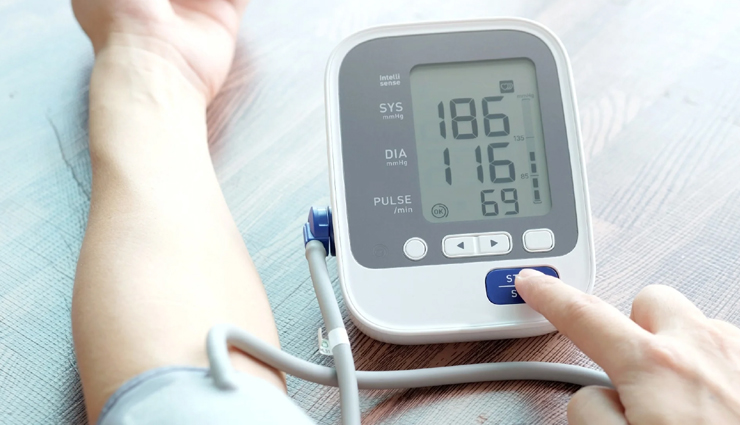
An astounding 57 million individuals grapple with high blood pressure, a condition highlighted by the World Health Organization as significantly elevating the risks of heart attacks, strokes, retinal damage, and even mortality. What's particularly noteworthy is that high blood pressure can affect anyone, regardless of age, and its leading causes are unhealthy dietary choices, a sedentary lifestyle, excessive screen time, and the stressors of both professional and personal life. The good news is that nearly 99% of this issue can be effectively reversed through dietary adjustments and adopting a mindful way of living. So, take a moment to unwind and explore our recommended list of 15 foods for managing high blood pressure along with valuable lifestyle tips. Swipe up!
High blood pressure, or hypertension, is a condition characterized by the force of blood against the walls of arteries. It can lead to detrimental effects on blood vessels, ultimately resulting in heart disease, stroke, and kidney complications. Given that hypertension often remains asymptomatic for years, it is often referred to as the "silent killer." Blood pressure readings are expressed as systolic over diastolic pressure, with a normal adult blood pressure being 120/80. A measurement of 130/85 or higher is considered hypertensive. To naturally lower and maintain healthy blood pressure, consider incorporating the following foods into your diet.
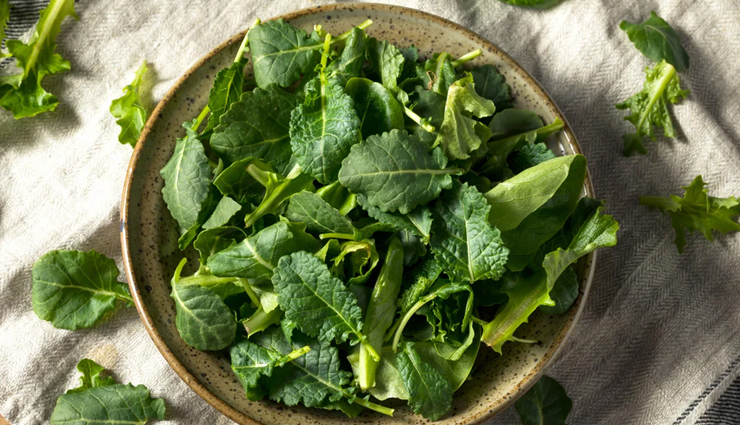
# Leafy Greens
Leafy greens prove to be a valuable asset in mitigating the detrimental impacts of our often stress-laden lives. When it comes to hypertension or high blood pressure, the potassium found in leafy greens aids in expelling excess sodium, a primary culprit behind elevated blood pressure levels, effectively reducing your blood pressure.
Here is a compilation of leafy greens that you should incorporate into your regular diet:
- Kale
- Spinach
- Arugula
- Romaine lettuce
- Radish greens
- Turnip greens
- Swiss chard
- Collard greens
- Beet greens
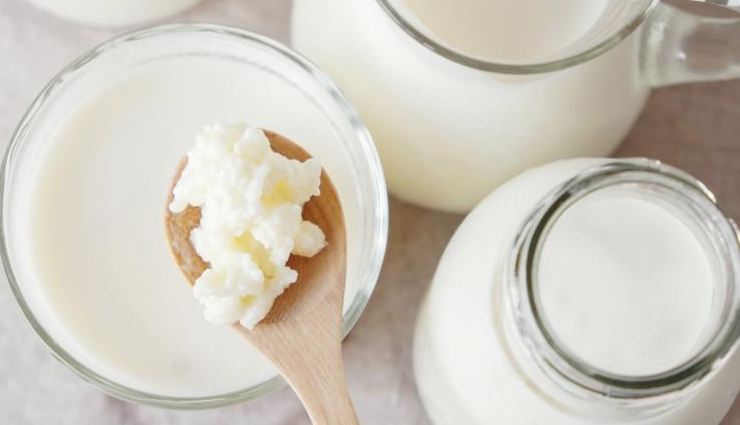
# Skim Milk And Yogurt
Skim milk and yogurt, low in fat content, are rich sources of calcium and potassium. Both these minerals play a role in flushing out sodium from the body. A study published in the Nutrients journal revealed that the consumption of yogurt led to a reduction in high blood pressure. To lower high blood pressure, consider consuming about two glasses of low-fat milk and one to two small bowls of low-fat yogurt daily.
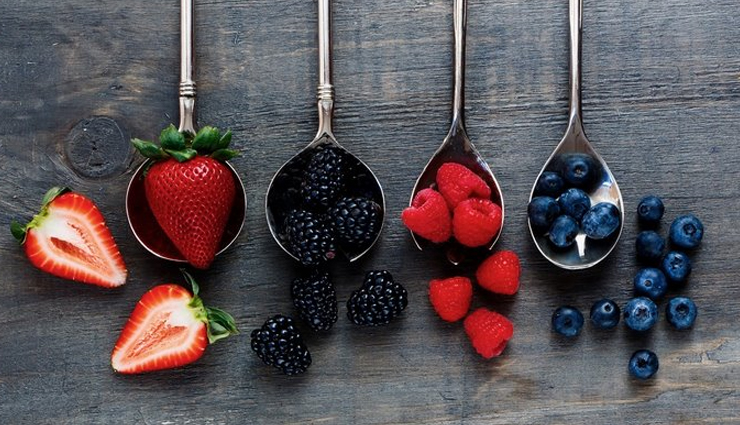
# Berries
Berries are potent contenders when it comes to countering high blood pressure. They boast ample supplies of vitamin C, polyphenols, dietary fiber, and anthocyanins. Research has shown that women who consume berry juice experience significant reductions in blood pressure and arterial stiffness. Another study demonstrated that regular consumption of berry juice can help manage blood pressure in adults aged 50-70.
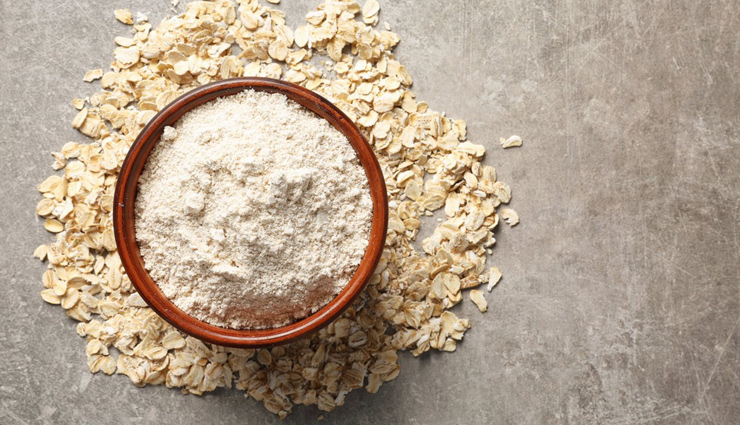
# Oatmeal
Oats present an excellent source of dietary fiber, healthy fats, vitamins, and minerals. They are particularly beneficial for weight management as they contribute to lower blood lipid levels, which, in turn, influences high blood pressure. In fact, scientific investigations have revealed that individuals who consume approximately 5 grams of oats daily witness a notable reduction of 7.7 mm Hg in systolic blood pressure and 5.5 mm Hg in diastolic blood pressure. To maintain healthy blood pressure levels, consider incorporating oats into your daily breakfast or lunch.
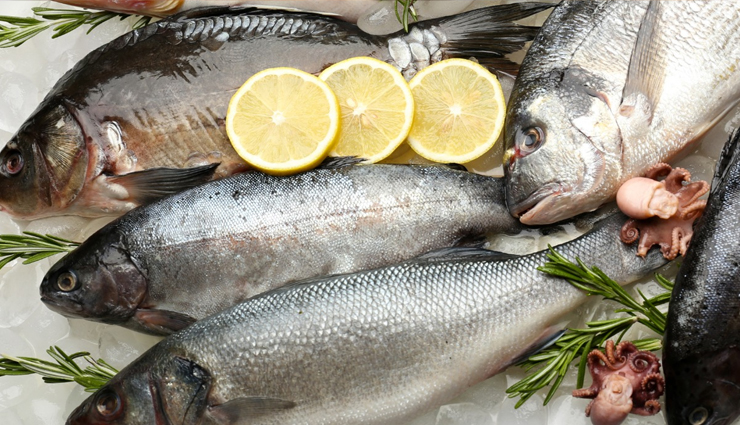
# Fatty Fish
Fatty fish varieties such as salmon, mackerel, hilsa, and tuna are rich in omega-3 fatty acids, known for their anti-inflammatory properties. They also offer ample supplies of vitamin D. It is theorized that the DHA in omega-3 activates voltage-gated channels in cells, helping to expel sodium. Experiments have shown that individuals who include fatty fish in their diet tend to lose weight and experience reduced systolic and diastolic blood pressure. Aim to consume 3-4 servings of fatty fish each week, and consult your doctor about the possibility of taking fish oil supplements.
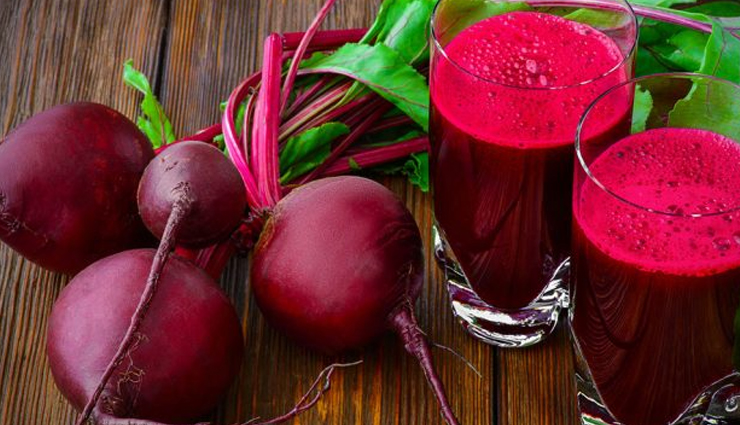
# Beetroot
Beetroots are abundant in nitric oxide, which facilitates the dilation of blood vessels, subsequently lowering blood pressure. Australian scientists conducted an experiment involving 15 men and 15 women, randomly divided into control and test groups. The test group consumed 500 grams of beetroot juice, while the control group consumed apple juice. After two weeks, the test group demonstrated a reduction of 4-5 mm Hg in systolic blood pressure.
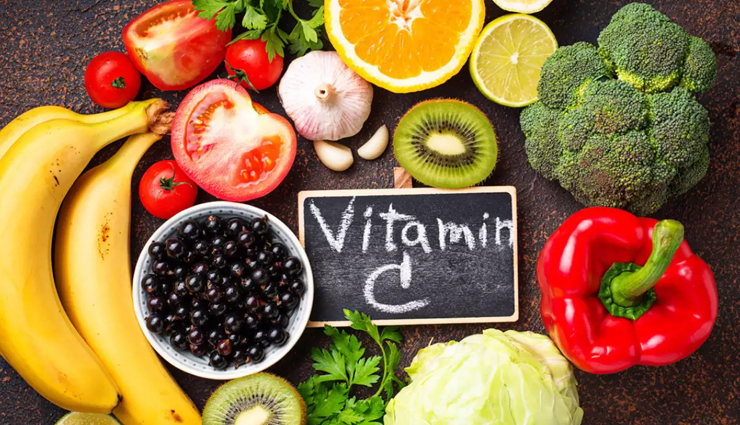
# Vitamin C-rich Fruits
Fruits rich in vitamin C, such as grapes, oranges, grapefruit, kiwi, limes, and lemons, have the potential to lower your blood pressure. Scientific findings indicate that a daily intake of 500 mg of vitamin C can lead to reductions of 3.84 mm Hg in systolic blood pressure and 1.48 mm Hg in diastolic blood pressure. To reap significant health benefits, make it a habit to consume at least two types of vitamin C-rich fruits each day.
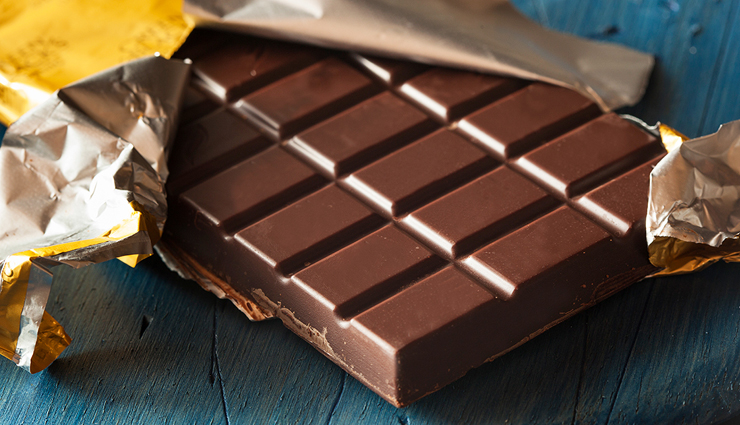
# Dark Chocolate
Dark chocolate, particularly varieties with a cocoa content of 70-80%, stands out as an effective food for lowering blood pressure due to its rich flavonol content. Research conducted at the University of Adelaide suggests that a daily dose of 30-1000 mg of dark chocolate results in reductions in both systolic and diastolic blood pressures. Consider indulging in a piece of dark chocolate after your lunch or dinner on alternate days.
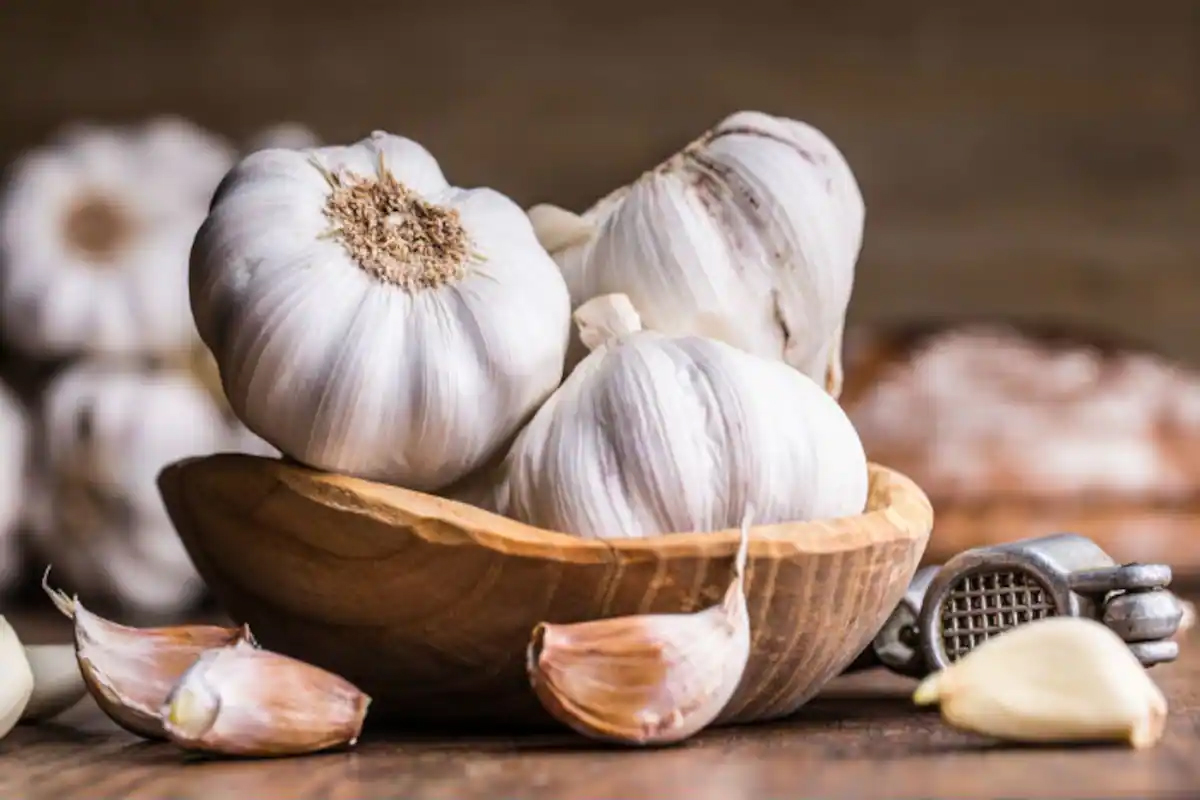
# Garlic And Herbs
Garlic contains a sulfur-rich compound called allicin, which stimulates the production of hydrogen sulfide and regulates nitric oxide - both of which promote the relaxation and dilation of blood vessels. Similarly, herbs like basil, rosemary, and thyme also exhibit similar effects. It's advisable to consume 1-2 cloves of raw garlic daily and incorporate fresh herbs into your meals regularly.
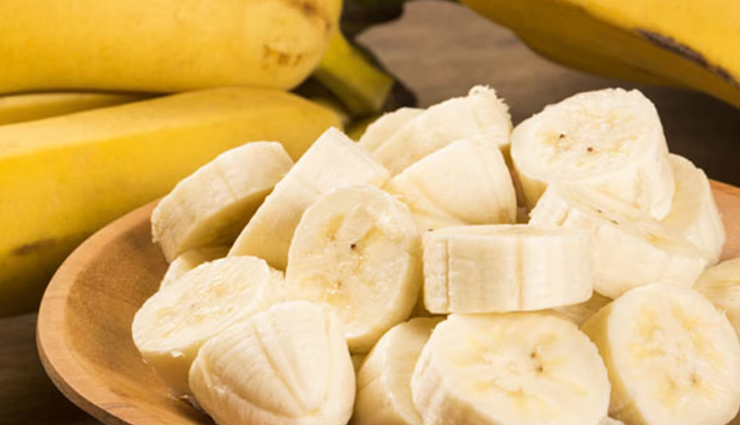
# Bananas
Bananas are a rich source of potassium, which plays a crucial role in expelling sodium from the body, ultimately lowering blood pressure. Research indicates that individuals with high blood pressure can achieve reductions in both systolic and diastolic blood pressure by consuming 1-2 bananas daily.

# Seeds
Seeds like pumpkin seeds, sunflower seeds, chia seeds, and melon seeds are excellent sources of dietary fiber, healthy fats, vitamins, and minerals. They contribute not only to weight management but also to lowering high blood pressure. Aim to consume 1-2 teaspoons of seeds daily, whether added to smoothies or included in breakfast bowls and salads.
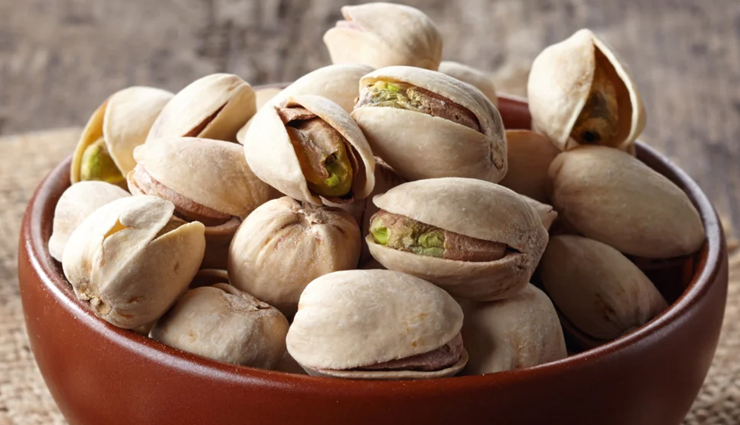
# Pistachios
Pistachios, the green nuts with numerous health benefits, contribute to weight management when consumed in moderation. Studies have shown that individuals with dyslipidemia who incorporated pistachios into a low-fat diet experienced reductions of about 2-4 mm Hg in systolic blood pressure. To lower your blood pressure, consider consuming around 25 in-shell, unsalted pistachios daily.
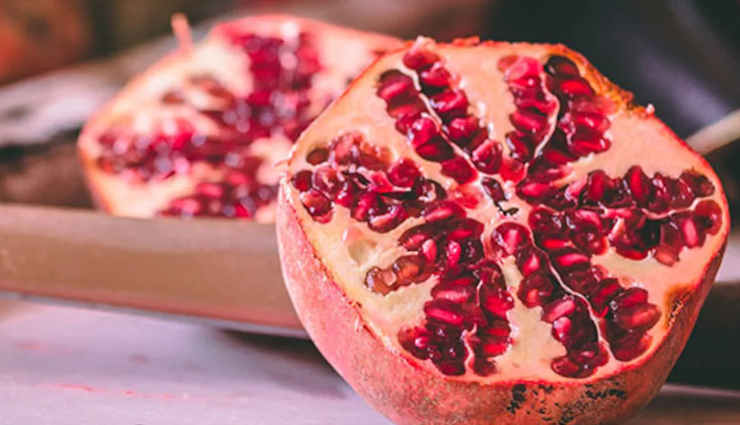
# Pomegranate
Pomegranate is loaded with antioxidants, vitamins, minerals, and dietary fiber, making it an excellent fruit for both weight management and skin health. Research suggests that consumption of pomegranate juice can lead to reductions in systolic blood pressure. Aim to consume 1-2 glasses of pomegranate juice on alternate days.
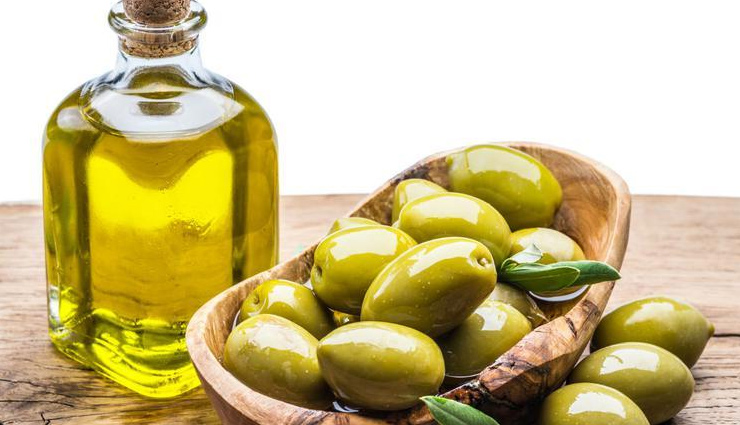
# Olive Oil
Olive oil's polyphenols are effective in reducing high blood pressure. Scientific studies have demonstrated that the consumption of olive oil results in lowered LDL (bad) cholesterol levels and reductions in systolic blood pressure, benefiting both elderly and young women.
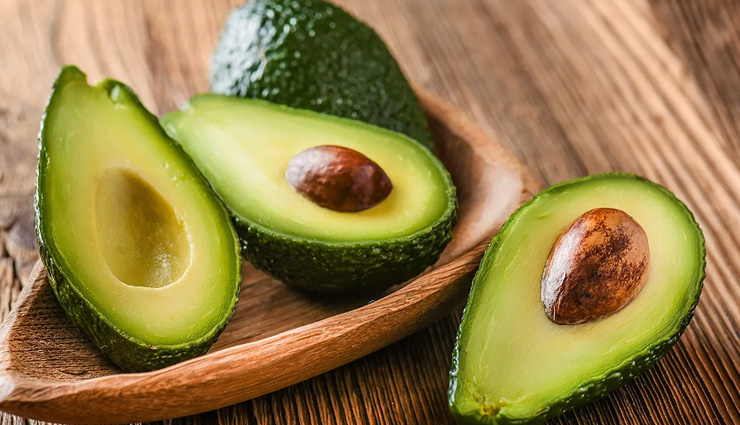
# Avocado
Avocado stands as a potential antihypertensive fruit. It is abundant in dietary fiber, healthy fats, vitamins, and minerals, offering numerous health benefits. The monounsaturated fats in avocado reduce vascular resistance, while potassium and magnesium contribute to sodium elimination from the body. To lower and control your blood pressure while improving overall health, consider consuming half an avocado daily.





